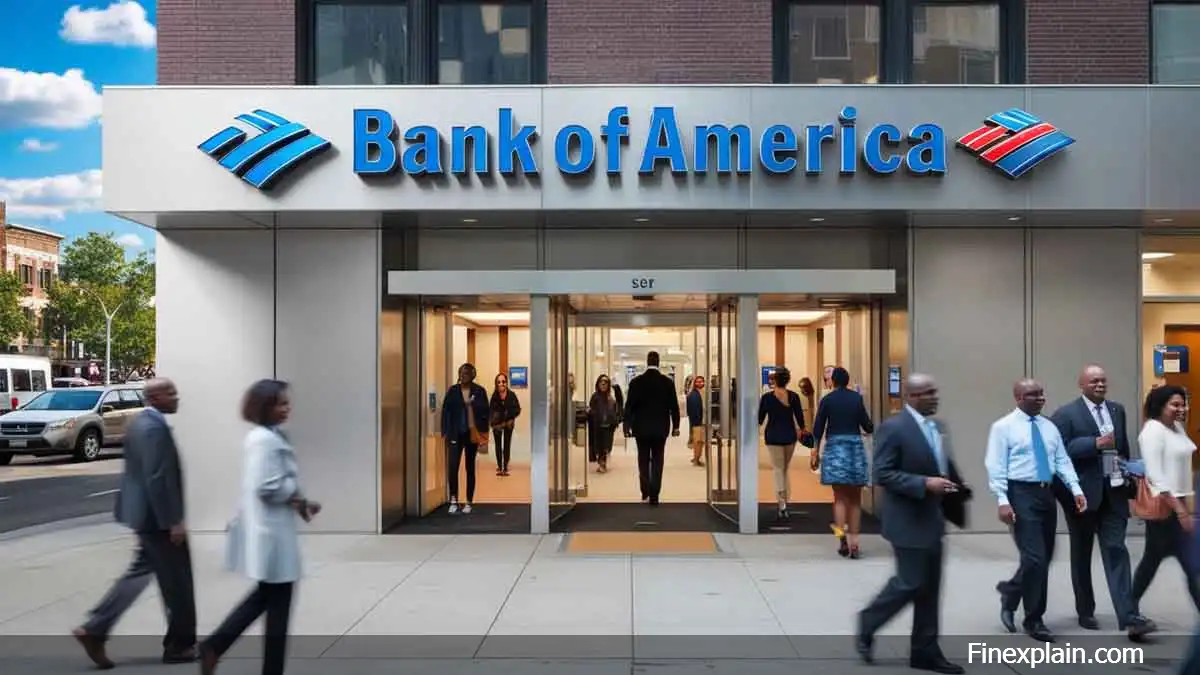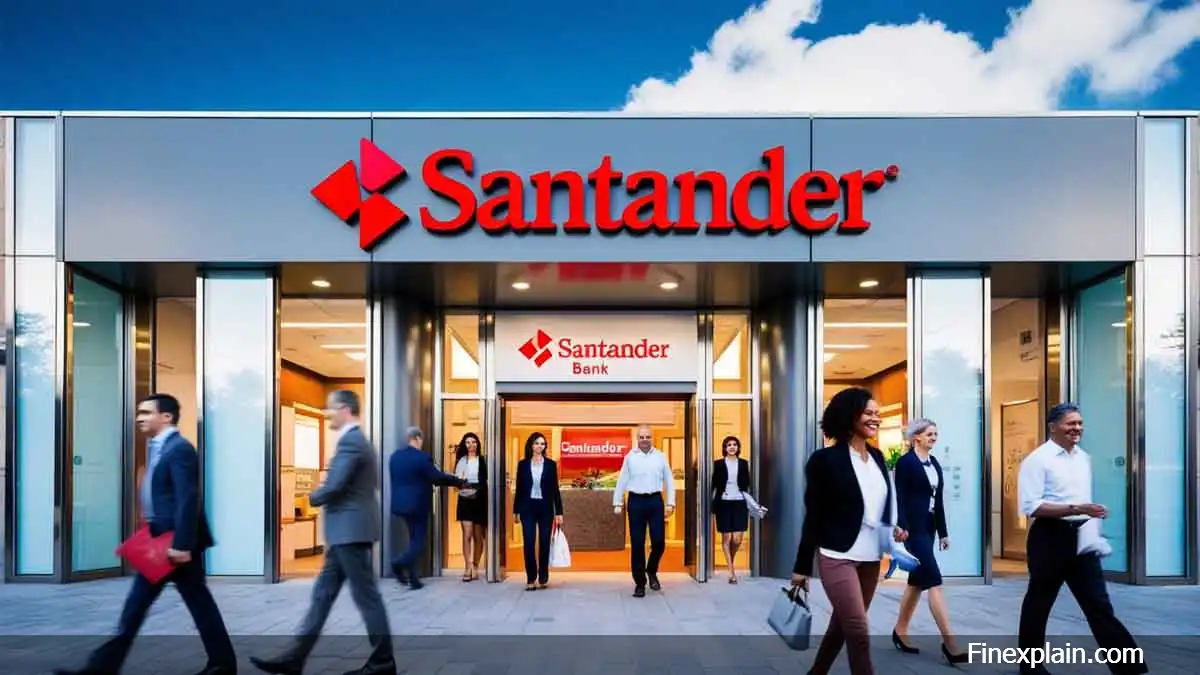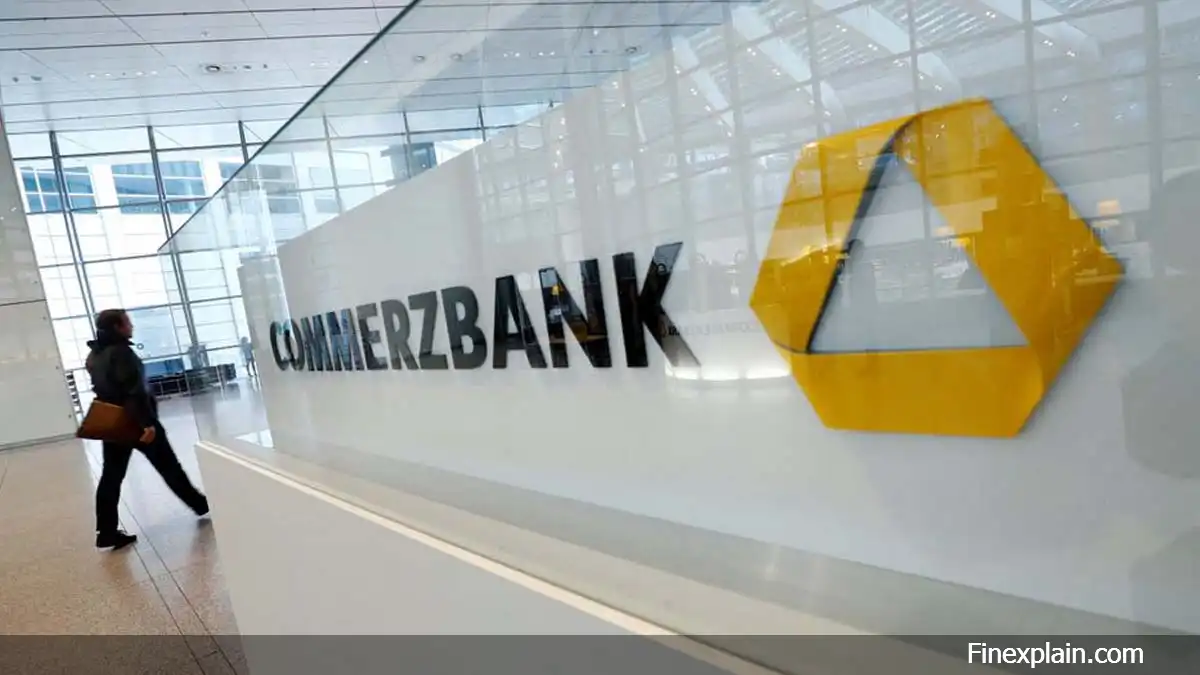Waking up to a locked Bank of America account can be alarming, especially if you rely on it for daily transactions. You’re not alone — many customers experience unexpected access restrictions. While it’s often due to security protocols, understanding the reasons behind the freeze and knowing the right steps to take can help you regain control quickly and avoid future issues.
Common Reasons Bank of America Freezes or Locks Accounts
Bank of America implements strict security and compliance measures to protect customers and meet federal regulations. A locked account is usually a preventive action, not a punishment. Below are the most frequent triggers:
- Suspicious Transaction Activity: Large, unusual, or international transfers may trigger fraud detection systems.
- Repeated Overdrafts or Negative Balance: Consistently overdrawn accounts can lead to temporary restrictions.
- Failed Identity Verification: Outdated personal information or mismatched details may prompt a review.
- Legal or Government Actions: Tax liens, court orders, or IRS levies can result in account holds.
- Link to High-Risk Accounts: If your account interacts frequently with flagged accounts, it may be flagged too.
- Inactivity or Dormancy: Accounts with no activity for over a year may be restricted under state unclaimed property rules.
A locked account from Bank of America is often a safety measure, not a sign of wrongdoing. The bank uses automated systems to detect risk, which sometimes leads to false alerts — but quick verification usually resolves the issue.
Step-by-Step: What to Do When Your Account Is Locked
Don’t wait — act immediately to restore access. Follow this practical guide:
- Check Secure Messages in Online Banking: Log in to bankofamerica.com and look for alerts or messages in the “Secure Inbox”.
- Review Email Notifications: Check your inbox (and spam folder) for emails from
This email address is being protected from spambots. You need JavaScript enabled to view it. . - Call Customer Service: Dial the 24/7 support line: 1-800-432-1000. Have your account number and ID ready.
- Visit a Local Financial Center: In-person visits often speed up the verification process.
- Submit Required Documents: You may need to provide a government-issued ID, recent statements, or proof of address.
- Follow Up in Writing (if needed): Send a formal request to Bank of America’s Customer Care address if unresolved.
How to Prevent Future Account Locks
Stay in control of your finances with these proactive tips:
- Keep Your Profile Updated: Ensure your phone number, email, and mailing address are current in your online profile.
- Enable Transaction Alerts: Use the Bank of America app to get real-time notifications for withdrawals and logins.
- Set Travel Notices: Notify the bank before international trips to avoid fraud flags.
- Maintain Positive Account Standing: Avoid frequent overdrafts and pay fees promptly.
- Respond Promptly to Verification Requests: Don’t ignore calls or messages asking for confirmation.
Bank of America Contact Information for Account Access Issues
If your account is locked, reach out through these official channels:
- General Customer Service: 1-800-432-1000
- Business Banking Support: 1-888-287-4637
- Online & Mobile Support: Use the “Message Us” feature in your online banking or mobile app
- Financial Center Locator: Visit bankofamerica.com to find a nearby branch
- Fraud & Dispute Hotline: 1-800-732-9194
For the fastest resolution, call during weekday hours and have your Social Security number and ID documents available.
Final Thoughts
A locked Bank of America account can disrupt your financial routine, but it’s usually a temporary security step. By understanding the triggers and responding quickly, you can minimize downtime and protect your banking access. Stay informed, keep your information current, and maintain open communication with your bank to prevent future surprises.
Share this article:





